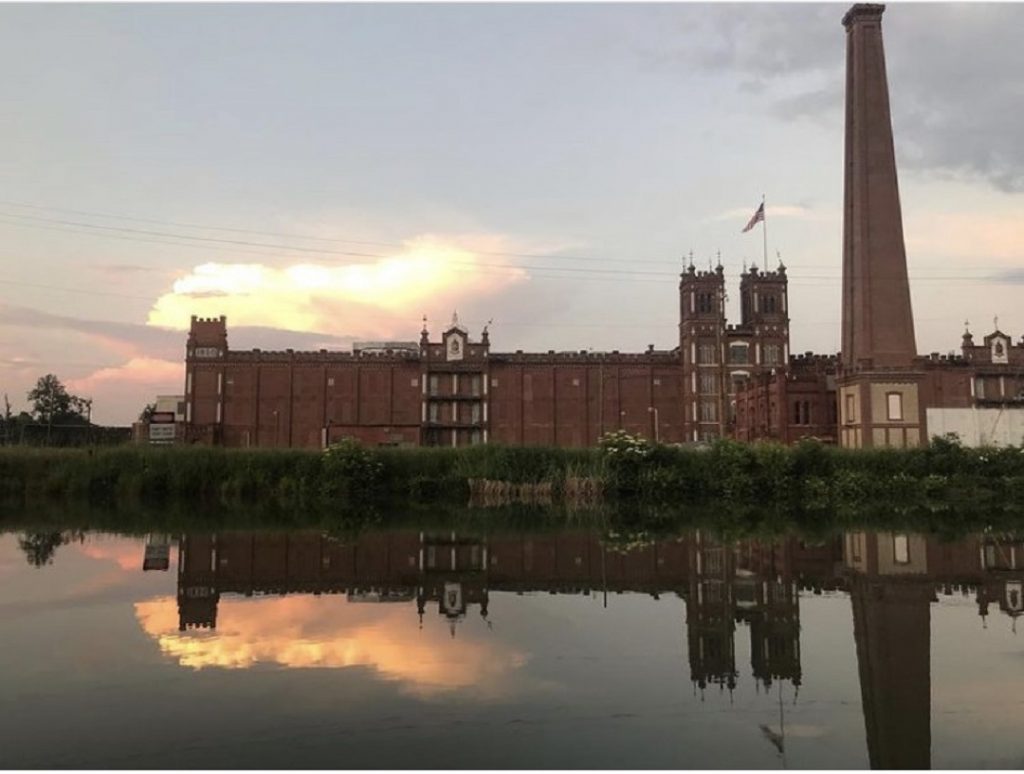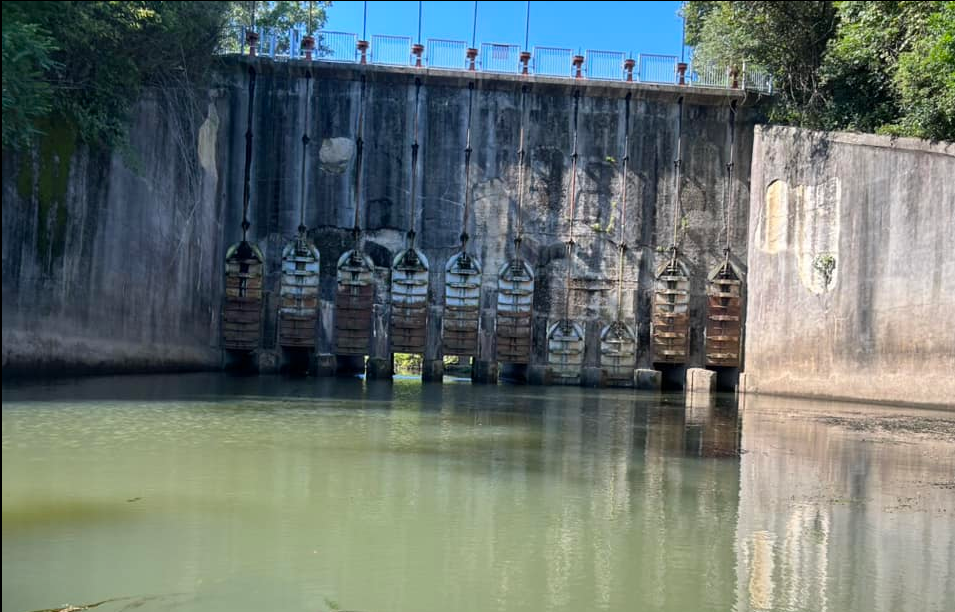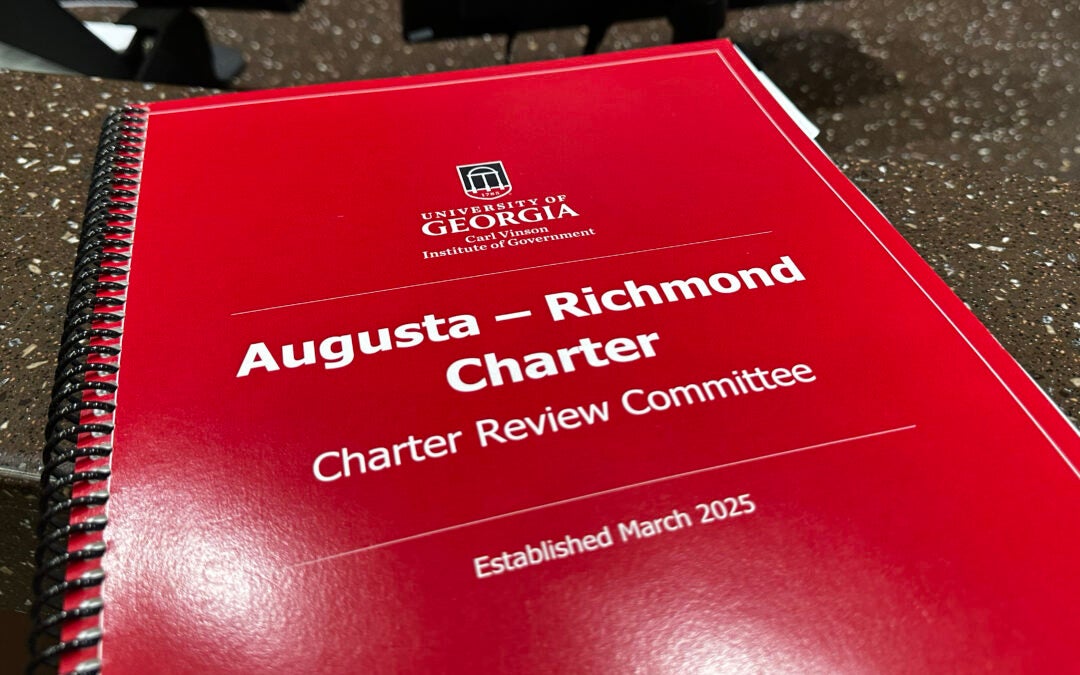The Augusta Canal has long been the red-headed stepchild for the city of Augusta, with the city only doing the bare minimum in terms of funding and expecting the Canal Authority to stretch every dime to maintain the Augusta Canal for drinking water, electricity production and recreation.
This is a relationship that needs to be reexamined.
The city of Augusta has released its proposed billion-dollar-plus budget for next year and has generously (he said with sarcasm dripping) offered the Canal Authority $150,000 for maintenance and upkeep of the largest parcel of city-owned land.
The Canal Authority asked for $300,000 and the interim City Administrator, Takiyah Douse, slashed that number in half. Moreover, not a nickel was allocated to the canal in SPLOST 8, and the city has, for years, not included the canal in its annual budget even though the city owns the land.
According to the Canal Authority’s budget, it costs $2.5 million just to operate and maintain the seven-mile-long industrial waterway per year. That figure does not include salaries and rent, which is alone, $18,000 a month for the Canal Heritage Center.

City leaders moan that the Canal Authority gets federal grant funding and income from power generation; however, in reality, those funds barely pay for the operating expenses. The funding does not cover any future improvements that can be made to the recreation experience, for which the Augusta Canal has become well known thanks to efforts of current Executive Director Dayton Sherrouse and his staff.
A fire that occurred at King Mill two years ago took that power generation facility offline, costing the Canal Authority $1.6 million in money they do not have.
Vandals have attacked the comfort station at the Lake Olmstead entrance and now all of the toilets must be replaced, meaning Sherrouse is going to have to either turn the sofa upside-down looking for loose change in the cushions, or people visiting the recreation areas will just have to hold it when nature calls.
People may forget that 20 years ago, the canal was not a recreation area but a city dump. From the 1950s until the 1980s, squatters had built shacks on the foundations of older buildings and lived out in the forests near the canal. It was a mess.
Thanks to volunteer labor, first in the form of the First Saturday Initiative, a group that started in 2007, created by former commissioners Andy Cheek, Joe Bowles, Joe Jackson and others, including me, the land was cleaned up over five years; and, at the same time, Dayton Sherrouse learned that federal funding was available due to the canal’s status as a National Heritage Site if it was being used for recreation and he put a plan in action to create the outdoor space we all now enjoy in the middle of our city.
The federal money received was put to good use, creating the recreational experience that thousands of people from all over the CSRA enjoy almost year-round. Sherrouse also went about making the improvements in a methodical way with a keen eye on preservation as well.
The Petersburg boats that take tourists up and down the waterway are all-electric propulsion, emitting no pollution into the water and, unlike the city-owned Boathouse at the Marina, the boats are meticulously maintained.
While the city of Augusta has trouble cutting the grass virtually everywhere, the Canal Authority keeps its areas of responsibility tidy and even provides the lighting, infrastructure and all, for the Augusta Judicial Center.
The Canal Authority and its executive staff rarely make the headlines because all of those individuals actually do their jobs and, sadly, sometimes that has been to their detriment. They are not a squeaky wheel.
After many years at the helm, Sherrouse is retiring and turning his position over to the next generation.

After reviewing almost 80 candidates, the Canal Authority has tapped Aquinas High School alumni Tyler Snead to take over as executive director. Snead, who will start his position in November, has a masters degree in public administration; he also grew up using the canal for recreation and was one of the first volunteers helping clean up the area when he was a teenager.
There is no question that the Canal Authority made a good decision in selecting Snead for the job as he is energetic and ready to roll up his sleeves and step into Sherrouse’s shoes.
“I might be drinking from a fire hose getting started, but I feel like I am ready for the challenge,” Snead said.
Snead, an avid biker, wants to replace the footbridge at Eisenhower Park and extend the recreation areas along the second and third levels that snake through the heart of downtown Augusta.
All of his ideas sound good because they are coming from someone who has lived his entire life just a stone’s throw away from the canal. He hung out there as a kid and now he takes his own kids down to experience Augusta’s biggest man-made natural resource.
There is also talk of utilizing the tailrace of Enterprise Mill as well as adding a bit of an offshoot from the second level to create a whitewater park. Unlike the other pie-in-the-sky proposals of whitewater parks on the Savannah, the emerging plans for a whitewater course on the canal is totally feasible, as the city already owns the land and the turbine machinery is already roiling the water.
Great ideas aside, the Augusta Canal has some very serious infrastructure challenges ahead.

The diversion dam, built in 1845, has only had piecemeal repairs over the centuries, yes centuries. The late former Augusta Commissioner Andy Cheek led a team of divers at the dam over a decade ago and found erosion holes “large enough to fit a Volkswagen Beetle inside.”
On the other end of the canal at the second level, an area in which part of buildings on the Davidson High School complex sits, remains unstable and a sudden cave-in of the bank could become a tragic situation if it causes the building to collapse.
The steel gates at Hawks Gully, where the canal rejoins the river, are a hazard to kayakers and need to be removed.
Augusta’s proposed budget for next year contains all kinds of silly expenditures, such as $25,000 for the “Spare Change that Counts” program to teach citizens not to give to panhandlers and $95,000 to make-over Augusta’s comprehensive zoning ordinance, whatever that means; yet the city seems to have concluded that the most important piece of public real estate and infrastructure is worth a paltry $150,000.
That dog don’t hunt no more. Folks, it is time that we quit treating the Canal Authority like a red-headed stepchild and only offering it hand-me-downs and scraps of leftovers at the dinner table.
Scott Hudson is the Senior Investigative Reporter and Editorial Page Editor for The Augusta Press. Reach him at scott@theaugustapress.com











